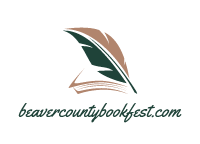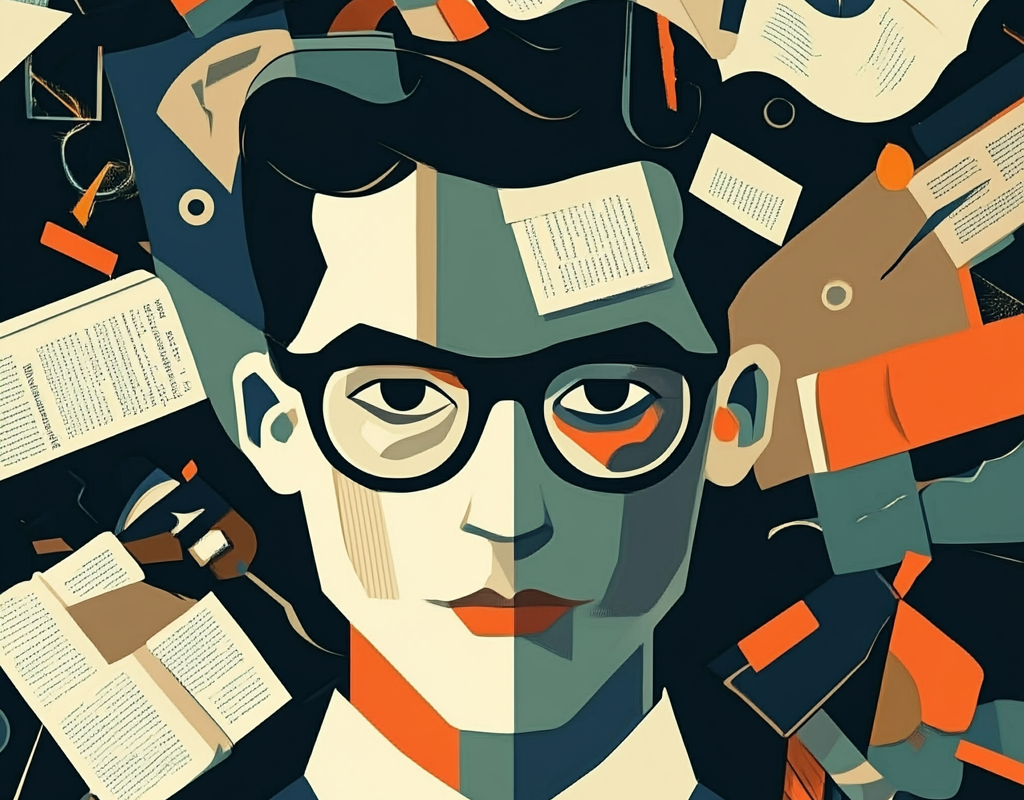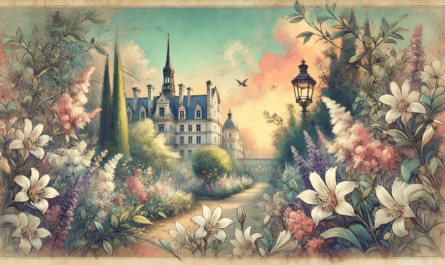Classical prose: Fundamentals and traditions
Classical prose represents the basis of the literary heritage on which subsequent literary movements and genres are built. It is characterized by a clear structure, strict adherence to literary canons, and a focus on universal themes such as morality and human virtues and flaws. In classical prose, heroes often embody archetypal images that reflect the ideals of the society of that era. The works of authors such as Leo Tolstoy, Fyodor Dostoevsky and Jane Austen remain important cultural artifacts that reflect the historical and social context of their times.
Classical literature seeks to explore the depths of the human soul, often using philosophical and religious motives. Dialogues and monologues of characters often become exponents of philosophical ideas, which allows readers to think about the meaning of life, morality and fate. Classical prose is also known for its complex and detailed narrative structure, where great attention is paid to the description of the environment, the psychological state of the characters and their relationships. All this makes classical literature eternal and relevant, regardless of the time of its creation.
Realism and naturalism: Mirror of reality
Realism and naturalism are literary movements that strive for the most accurate and objective depiction of reality. Realists focus on everyday life and social issues such as class differences, poverty and social injustice. They strive to present the world without idealization and embellishment, showing heroes with all their strengths and weaknesses. Writers such as Gustave Flaubert, Charles Dickens, and Anton Chekhov are known for their insightful and truthful depictions of their characters’ lives.
Naturalism, a more radical branch of realism, focuses on determinism, the influence of the environment and heredity on human behavior. Naturalist writers such as Émile Zola and Theodore Dreiser viewed man as a product of biological and social factors. Their works are often filled with dark and brutal realities that highlight the vulnerability and limitations of human nature. Naturalism raises questions about free will and predestination, presenting readers with complex moral dilemmas.
Modernism: Rethinking Form and Content
Modernism was a response to rapid changes in society, science and art at the beginning of the 20th century. Modernist writers rejected traditional forms and narrative structures in favor of innovation and experimentation. The main characteristics of modernism were fragmentation, stream of consciousness and polyphony – polyphony, where several voices and perspectives intersect in one work. Authors such as James Joyce, Virginia Woolf, and Marcel Proust pioneered the use of these techniques, exploring the inner lives of characters and the complexities of the human experience.
Modernism is also characterized by the use of complex symbolism and mythological allusions, which enrich the semantic structure of the works. Modernist works often address themes of alienation, identity crisis and spiritual quest, reflecting the uncertainty and anxiety of the era. Modernist literature requires the active participation of the reader, who must decipher and interpret ambiguous images and symbols. This makes modernist prose multi-layered and multifaceted, revealing new meanings with each reading.
Postmodernism: Playing with meanings and structures
Postmodernism arises as a reaction to modernism and is characterized by an even greater degree of experimentation and the destruction of traditional literary forms. Postmodern literature is characterized by irony, self-irony and games with language. Postmodern writers such as Thomas Pynchon, Umberto Eco, and Salman Rushdie often blur the lines between reality and fiction by combining elements of different genres and styles. They use intertextuality – active reference to other texts and cultural codes, creating multi-layered and multi-valued works.
One of the key themes of postmodernism is the question of the nature of reality and truth. Postmodernists question the existence of a single objective reality, offering instead a variety of subjective interpretations and perspectives. This manifests itself in narrative strategies such as the unreliable narrator and multiple endings. Postmodern literature is often metafictional, where the text is aware of its own textuality and comments on the process of its own creation. This creates the effect of distance and invites the reader to actively participate in the creation of meaning.
The influence of technology and media on modern prose
Contemporary prose is under strong influence of technology and mass media, which have changed the way literary texts are produced, distributed, and consumed. The Internet and digital platforms have opened up new possibilities for authors and readers, making literature more accessible and interactive. Today, writers can experiment with new forms and genres, such as hypertext literature, blogs and social networks, creating new ways of storytelling and interaction with audiences. These changes lead to the emergence of new forms of literary creativity, such as fan fiction and online novels.
Mass media also influence the content and themes of modern prose. TThemes of globalization, information society, cyberspace and virtual reality are becoming central in the works of modern authors. The writers explore the impact of technology on human relationships, identity and privacy, raising questions about the future of humanity in the digital age. Technology is becoming not only a theme, but also a tool of literary creativity, allowing the creation of multimedia works that combine text, sound and video. This expands the boundaries of traditional literature and opens up new possibilities for self-expression.
The diversity of genres and cultural contexts in modern literature
Contemporary literature is distinguished by a variety of genres and cultural contexts that reflect the globalization and polyphony of the modern world. Authors from different countries and cultures bring their unique perspectives and stories, enriching the literary field.
- Literature from Latin America, Asia, and Africa introduces new themes and images related to colonial legacies, migration, and cultural identity.
- Modern prose actively uses elements of fantasy, science fiction and magical realism, creating new genre hybrids.
- Literary works dealing with issues of gender, sexuality and racial identity occupy an important place in modern literature, expanding the understanding of human experience.
- Genre experiments include mixing detective, historical and psychological novels, creating new forms and approaches to the story.
- The diversity of cultural contexts and languages is becoming an important aspect of modern literature, where translation and interculturalism play a key role in the dissemination and reception of works.
Contemporary literature exhibits not only a variety of themes and genres, but also a variety of cultural perspectives, making it a rich and dynamic field of study. This diversity allows readers to experience different perspectives and life experiences, which promotes understanding and dialogue between cultures.
Questions and answers
Answer 1: Classical prose is characterized by clear structure, universal themes, and detailed descriptions.
Answer 2: Realism focuses on an objective portrayal of life, while naturalism emphasizes determinism and environmental influences.
Answer 3: Modernism introduced fragmentation, stream of consciousness and polyphony, abandoning traditional forms.
Answer 4: Postmodernism uses irony, intertextuality, and the blurring of boundaries between reality and fiction.
Answer 5: Technology is expanding the possibilities for new forms of storytelling and audience interaction, influencing the content and themes of works.




